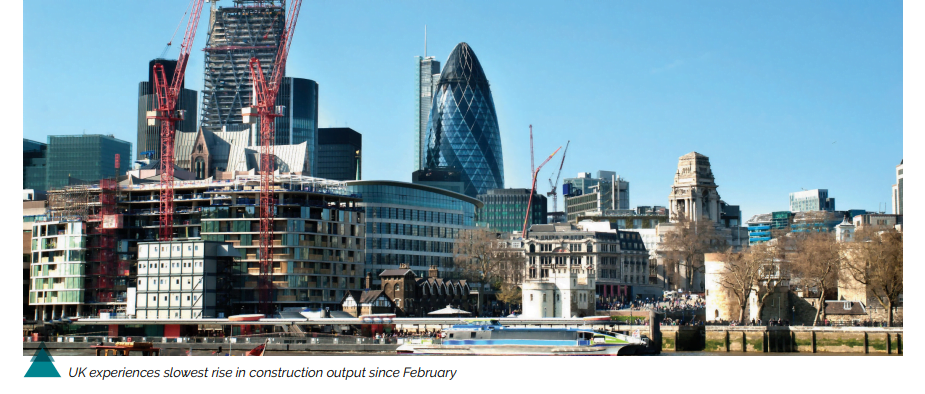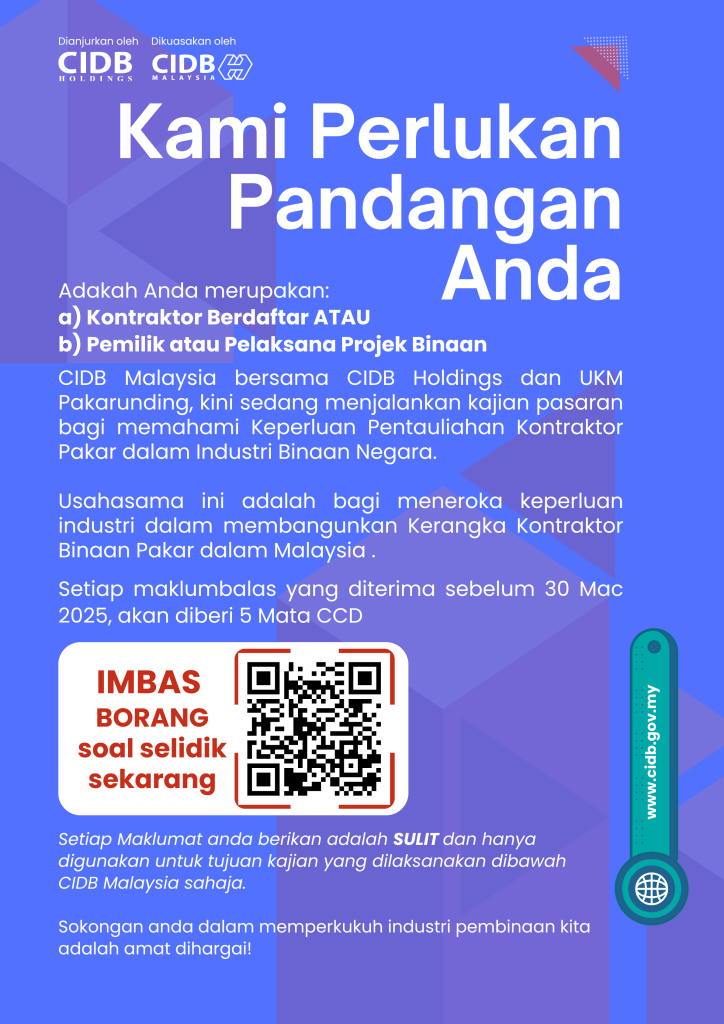The recovery in the UK construction output has slowed since June, according to IHS Markit and CIPS PMI® data. Many respondents said they were having trouble keeping up with the current demand for building projects, citing shortages of raw materials and subcontractors.
Demand for building materials continues to outpace supply, resulting in a sharp rise in purchase costs. Around 80% of respondents reported an increase in average cost burdens in July, while only 1% reported a decrease.
While down from June’s 24-year high of 66.3, the seasonally adjusted IHS Markit/CIPS UK Construction PMI® Total Activity Index at 58.7, remained far over the critical 50.0 no-change thresholds. Overall, building production increased at its weakest pace since February. Civil engineering (55.0) growth slowed considerably in July, the lowest in five months.
The total order books improved in July, although the increase was the weakest since March. Similarly, input purchases grew at their weakest pace since April as demand slowed. Reduced material availability also slowed purchases in July, according to contractors.
In July, 66 per cent of survey respondents reported greater supplier delivery wait times, while only 2 per cent indicated better vendor performance. Even so, the current measurement was up from June’s record low and the highest in three months. Lack of mobility, port congestion, and Brexit trade frictions exacerbated supply imbalances, according to survey respondents. In July, rising input costs accelerated due to supply constraints and strong demand for building materials.
Subcontractor prices increased, and employee openings were harder to fill. The current reduction in subcontractor availability was second only to the shutdown in April 2020. Finally, construction businesses continued to employ quickly, indicating increased orders and confidence in the short future. While the index remained historically high, it fell to its lowest level in six months in July.
Tim Moore, Economics Director, IHS Markit, commented, “The building rebound has slowed since the start of the year. With widespread supply constraints and limited capacity to take on new contracts, it was predictable that UK construction businesses could not continue production growth at a 24-year high in June. The slowdown affected all major construction sectors, but was most apparent in the housing industry.”
“Materials lead times and subcontractor availability were identified as problems slowing site construction. Around two-thirds of the study group saw higher supplier delivery wait times in July, while only 2% reported an improvement.”
Chartered Institute of Procurement & Supply Group Director Duncan Brock said, “Construction lost some of its vigours due to widespread supply chain problems, employee shortages, and contractor shortages. With transit issues, shortages of necessities, and Brexit delays, this year’s early boom is in trouble. In the face of these obstacles, optimism has dwindled to its lowest level since January.”
Source: www.cips.org
















